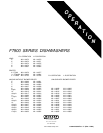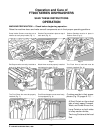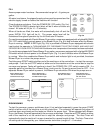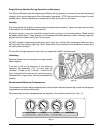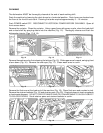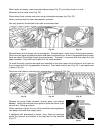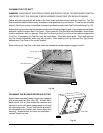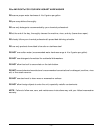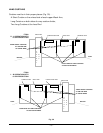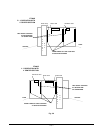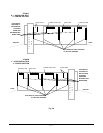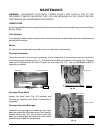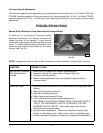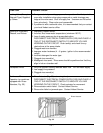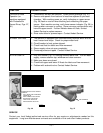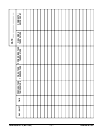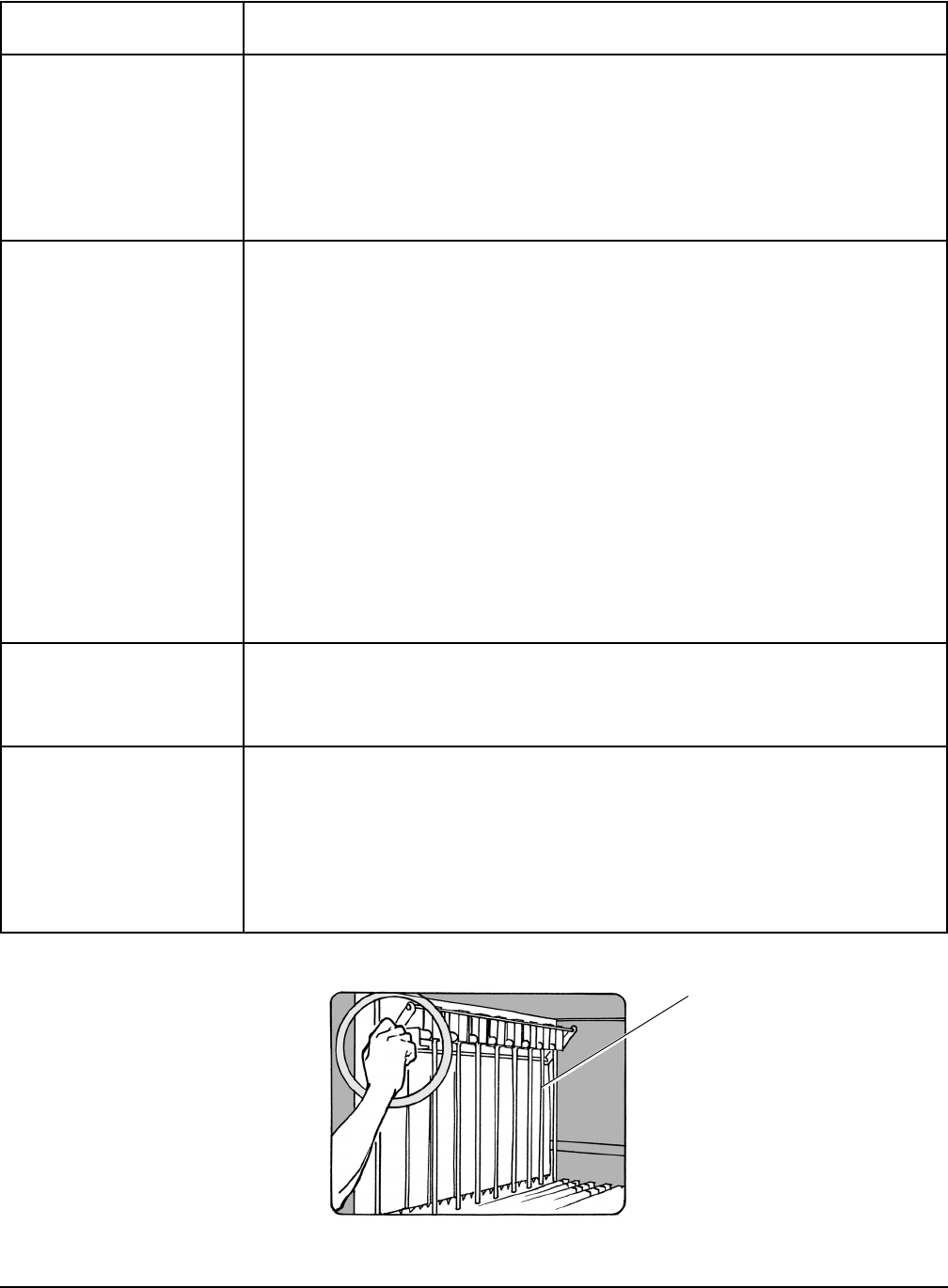
– 14 –
Fig. 35
Rinse Actuator
SYMPTOM POSSIBLE CAUSE
Leaking Valve (Except
Solenoid Type) Supplied
by Others
1.
2.
Foreign material preventing proper valve operation. A critical period is
soon after installation when pipe compound or metal shavings may
lodge at the valve seat. Shut off supply line. Unscrew and lift bonnet
from valve body. Clean valve and reassemble.
If problem is with a solenoid valve, it is recommended that you contact
your local Hobart service office.
Spotting of Silverware,
Glasses, and Dishes.
1.
2.
3.
4.
5.
6.
7.
8.
Improperly loaded dishes.
Incorrect final rinse water temperature (minimum 180°F).
Loss of water pressure due to pump obstruction.
DISCONNECT ELECTRICAL POWER SUPPLY(IES) AND PLACE A
TAG AT THE DISCONNECT SWITCH TO INDICATE YOU ARE
WORKING ON THE CIRCUIT. Drain tank(s) and check for any
obstructions at the pump intake.
Clogged wash arm nozzles.
Improper water hardness (4 – 6 grains / gallon is the recommended
range).
Incorrect detergent for water type.
Clogged rinse nozzle(s).
Misaligned rinse arms. Rinse arms should be positioned so that they
align in hub on chamber wall.
Inadequate Rinse. 1.
2.
3.
Dirty line strainer causing reduced water flow. Turn off water supply.
Low supply line pressure.
Clogged rinse nozzle(s).
Continuous Rinse
Operation (on machines
equipped with Rinse
Actuators, Fig. 35).
1.
2.
3.
Rinse Actuator (Fig. 35) not moving freely.
DISCONNECT ELECTRICAL POWER SUPPLY(IES) AND PLACE A
TAG AT THE DISCONNECT SWITCH TO INDICATE YOU ARE
WORKING ON THE CIRCUIT. Check actuator for movement.
Rinse actuator switch failed. Contact Hobart Service
Rinse valve failed or jammed open. Contact Hobart Service.



